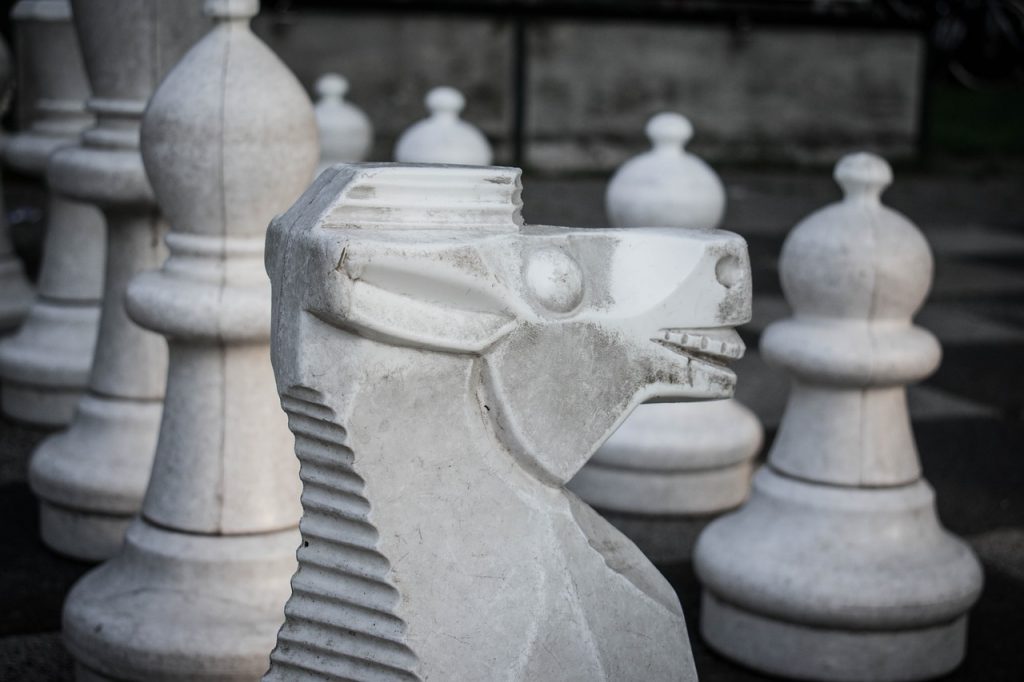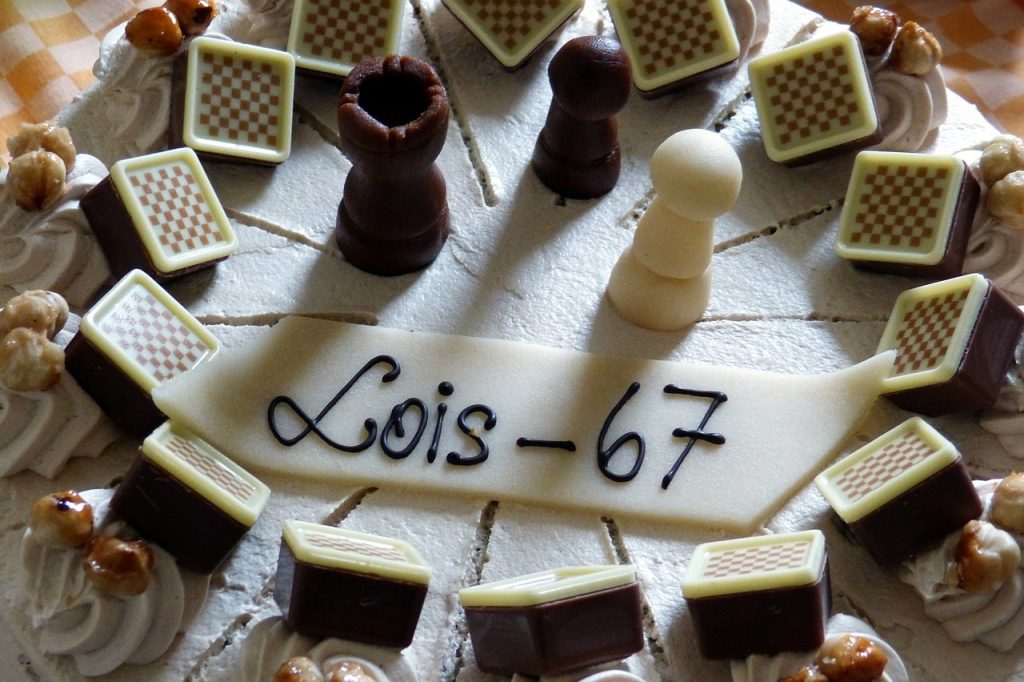Table of Contents
Wayward Queen Attack!
The Wayward queen attack is also known as the Parham attack or the rookie opening. It’s one of the most polemical chess openings there are, and the reason we can see it simply in move two with white.
The thing is that the moves of the Wayward queen attack go against the main chess principles. But they also have a good idea, and many grandmasters have put their hand on the fire for it.
Masters like Magnus Carlsen and Hikaru Nakamura gave it a good try for some time, obtaining decent results. Not too many people took the fiver of playing the wayward queen attack every time. But they surely achieved some respect to the opening and proved that is perfectly playable.
This is an opening that will surely surprise your opponent, and it has some other advantages too. Despite of taking the queen out too early in the opening, if you play the right way you don’t lose any tempos.
Also, it will put some pressure quickly against black, so you will force him to play in a certain way. This will allow you to have the initiative from the start of the game, and force black to adopt a passive system.
Unless black knows the theory of this opening of course. If you want to learn the secrets of the wayward queen attack read until the end.
Wayward queen attack main lines

To enter the wayward queen attack you need to play the following moves: 1.e4 e5 2.Qh5 and here we are. The whole point is to try to checkmate on f7! Of course, if you are playing an opponent with a little experience you will not checkmate there.
Nc6 is the move that theory recommends: 1.e4 e5 2.Qh5 Nc6 3.Bc4 g6 4.Qf3 Qe7 5.Ne2 Nf6 this would be the theoretical continuation for this opening.
Other moves like 2… g6 or Nf6 are the ones that go out of our hands by intuition. But research has proven that Nc6 is the best continuation for black.
Here are many things that we could do, white could play in many different ways. From the position that the main theory leaves us we could follow like this:
- d3 Bg7 7.Nbc3 h6 8.Nd5 Nxd5 9.exd5 Na5 and we have a nice outpost on d5 and still the game to go.
- d3 h6 7.Nbc3 d6 8.h3 O-O 9.g4 Nd7 10.h4 Nd4 11.Nxd4 exd4 12.Nd5 going for the attack on the kingside directly.
- Ne2 Bg7 6.O-O O-O 7.Re1 Re8 8.c3 d6 9.d4 Be6 10.Bb3 Simply going for d4 and the central control.
As you can see, the plans available for this position are a lot, and they are somewhat similar to the Spanish opening. We will explain some of the key plans and ideas of the wayward queen attack.
Plans and ideas of the Wayward queen attack

To play the wayward queen attack we need to know how to execute the plans in hidden in the position. Knowing the possible plans depending on what our opponent plays is even more important than knowing the theory.
Ideas in the Wayward queen attack for white
In this case, we should consider all of the lines that we gave before. Usually, you always want to play with Ne2 and O-O quickly to take action in the center. You can reach here with c3 and d4.
Of course, there are also good ideas to play with the quiet d3. This quiet move involves a lot of ideas behind it, putting the c1 bishop to play right away. Also, we can simply develop the b1 knight to c3. But usually, there are ideas of Nbd2-f1-e3 or g3.
Our bishop on c4 is very important, black will try to exchange it with Be6 we can never take Bxe6. Otherwise black recaptures fxe6 and the d5 square will never be ours, retreat Bb3 is best.
Ideas in the Wayward Queen attack for black
Depending on what black face the plan can change, but you should always want to develop Bg7, Nf6, Nc6, and Be6. That’s kind of a universal setup you can use, and look for counterattacks depending on the center situation.
For example, counter-attacking with d5 is a good idea, and if you can do it in good conditions you will surely have an advantage. Now we'll see some of the wayward queen attack in practice.
Sample games of the Wayward queen attack

Now another shorter game, that shows how dangerous this opening could be when you don’t know theory.
You may also like:
The Tricky Danish Gambit on Chess!






